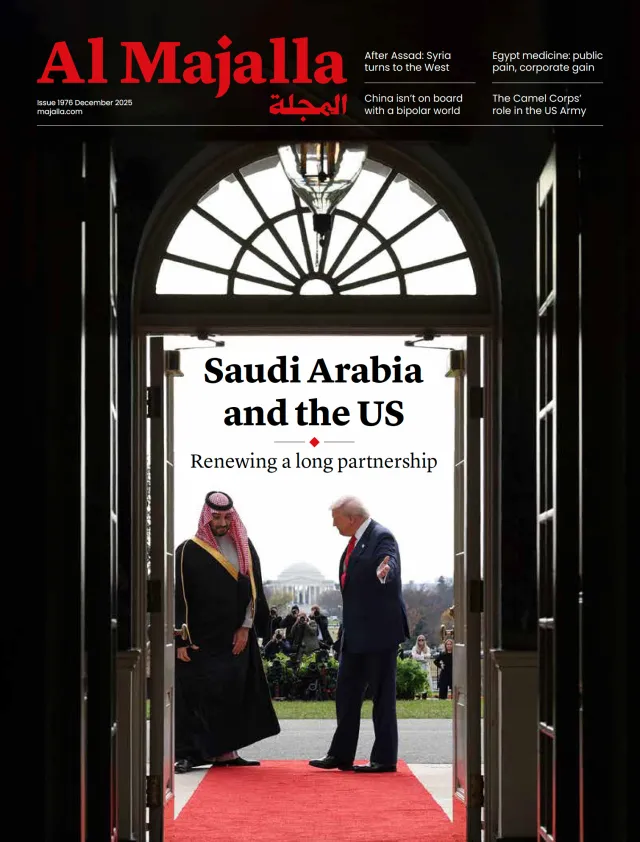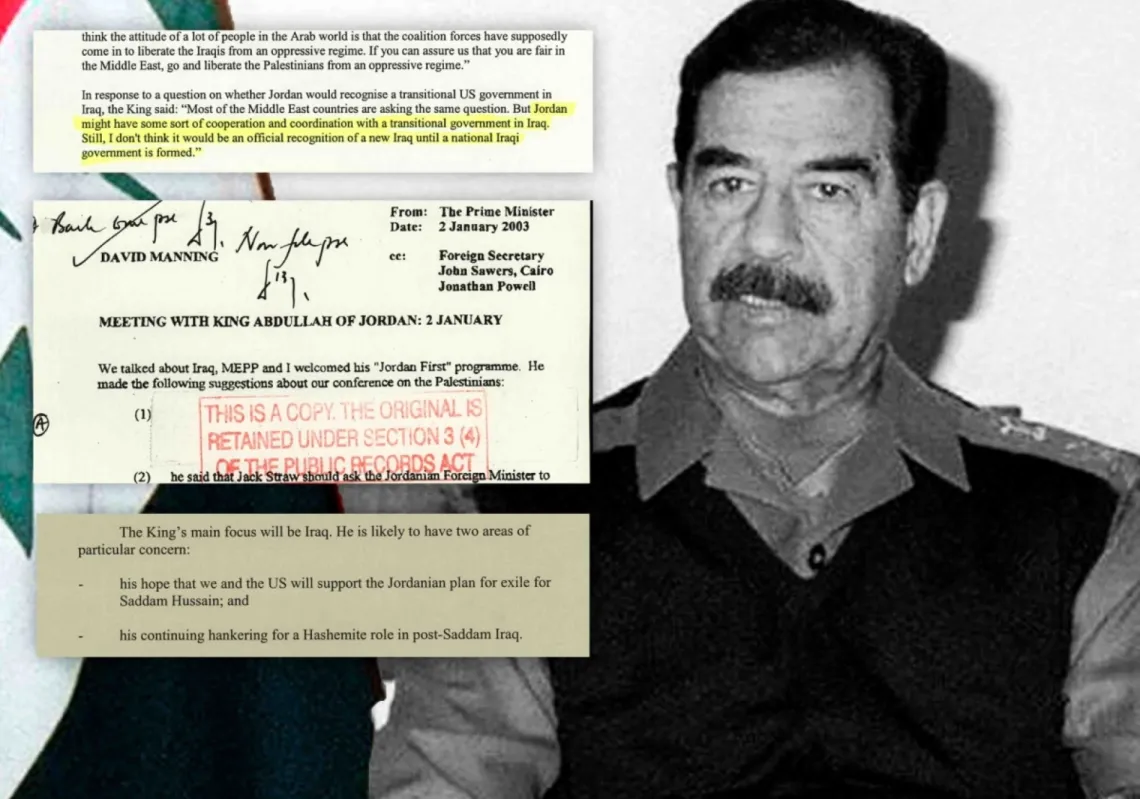This monthly feature offers an overview of what’s new on the big screen, spanning both mainstream and arthouse films across all genres while also revisiting titles from the archive of classic cinema.
The Ritual
Written by: David Midell and Enrico Natale
Directed by: David Midell
Country of Production: United States and India
Exorcism horror is a genre that Hollywood and other film industries appear to love, churning out films year after year, assured of at least modest commercial returns. The Ritual is the latest off the line. The film’s first hook lies in its opening claim that it is based on a true story—one of the most thoroughly documented cases of exorcism, which was once performed by Christian priests on possessed young women.
Its director and co-writer David Midell suggests that this is the original or close, whereas other exorcism films are mere imitations. Another draw is the participation of screen legend Al Pacino in the role of the chief priest who fully believes in his mission and pursues it with unwavering conviction.
Whether viewers believe in spirit possession and the legitimacy of such religious practices or not, films in this genre often operate by their own internal logic, paving a narrative path through carefully planted signs that define their worlds, typically with one character who is wholly convinced of the supernatural threat and strives to rescue the victim from demonic forces, while others—sceptical at first—eventually come to believe.

The Ritual does not stray from this tried-and-tested formula. Though it showed early promise by suggesting a psychological diagnosis for the case through Father Joseph (Dan Stevens), it soon offers only a fleeting nod to this fresh narrative angle without daring to explore it further—perhaps out of fear of jeopardising its commercial viability.
From a technical standpoint, the filmmakers employ a handheld camera style in nearly every scene, favouring close or medium shots, and only rarely resorting to wide frames. This stylistic choice mirrors the hazy, uncertain nature of the possessed girl’s condition, and the difficulty of discerning objective truth in this subjective, skewed reality.
While this technique serves the atmosphere, it does not spare the audience moments of disorientation—or even boredom. Al Pacino’s decision to say yes to this film may be puzzling, but he is its clearest gift. With his ease, warmth, and charisma, he elicits genuine laughter from the audience, while the film itself fails to stir any real fear.
Ocean with David Attenborough
Directed by: Colin Butfield, Toby Nowlan, and Keith Scholey
Country of Production: United Kingdom
This significant documentary takes the vast, sometimes intimidating, and often unexplored oceans as both its theme and destination, with the one and only David Attenborough serving as viewers’ guide through the journey. Co-produced by National Geographic, Disney, Hulu and the Prince Albert II of Monaco Foundation, it shows how the oceans are a rich, viable, and potentially alternative form of life, given the rapidity of the planet’s environmental degradation due to climate change.
Attenborough explains how the oceans are complex and self-contained ecosystems, capable of producing oxygen and regulating the Earth’s temperature, but only if we leave them undisturbed. The documentary showcases the breathtaking beauty of the seas with immersive visuals and spectacular vibrancy, offering a feast for the eyes and a rare moment of serenity. Yet this sense of awe is soon interrupted.
The film confronts the viewer with the ocean’s losses from overfishing, particularly oyster harvesting, which has devastated marine ecosystems and the livelihoods of indigenous coastal communities, with once-thriving underwater worlds now faded, depleted and dying. But the deeper shock is still to come: the sheer scale of human exploitation of the oceans.

The film does not abandon hope, explaining how legislative intervention to suspend seabed dredging for several years could allow marine life to recover. This is its most powerful appeal, to our moral consciousness. It is a call to re-evaluate our values and reassess the industries that have ravaged the oceans, leaving whales starving and ecosystems barren so we can consume certain types of seafood.
For thousands of years, the oceans have provided food for us, but if our expanding desires and profit prioritisation remain more important than ecological balance, the oceans will not be able to feed us for much longer. To put it simply, we have pushed them to the brink. The film rightly underscores the urgency of collective awareness and government action to halt the pillaging of marine environments.
Sister Midnight
Written and Directed by: Karan Kandhari
Country of Production: India, United Kingdom, and Sweden
Described by Time Out as a “feral feminist fable,” this film set in Mumbai could be described as a portrait of the wretched, those who cannot grasp even the smallest pleasures in life and who, when they finally do, perish from the sheer joy of it.
It could also be seen as a story about the plight of women in the Global South, caught between liberation from oppressive societal systems and madness at a life so stark and joyless that it renders them a danger to themselves and to those around them.
With a surreal tone and a strong visual language shaped by composition, colour and editing, this debut feature from Anglo-Indian director Karan Kandhari suggests broader ambitions, as it charts the gradual descent into madness of its protagonist, Uma (Radhika Apte), as her marriage to Gopal (Ashok Pathak) silently disintegrates. Neither abusive nor foolish, Gopal’s detachment from his own self is no less maddening.

Their estrangement is not shown as a consequence of urban poverty and Uma’s work as a cleaner appears to serve more as an emotional outlet than as a financial necessity. The screenplay offers little explanation for this peculiar dynamic, nor does it fully justify the story’s melodramatic trajectory. It may even be an implicit commentary on Indian cinema’s long-standing penchant for melodrama.
Despite these narrative ambiguities, Sister Midnight is a visually cohesive and arresting film. The performances, particularly that of Radhika Apte, evoke a deep and lingering anguish while still managing to coax a smile from the viewer. Even the city of Mumbai, through which Uma roams in her state of distress, is rendered with such aesthetic finesse that it is reason alone to keep watching.
As the chaos unfolds and narrative coherence loosens, the film subtly invites us to abandon the search for conventional meaning and instead accept that clarity may never come. Perhaps that is precisely the point.
Echo Valley
Written by: Brad Ingelsby
Directed by: Michael Pearce
Country of Production: United States
Produced by Apple, alongside Ridley Scott and others, Echo Valley arrives with a distinct classical sensibility. At its centre is Kate (Julianne Moore), a gentle horse trainer who tends her farm while quietly carrying the weight of profound loss. Having sacrificed everything for a great love, her partner Patti, she now faces another solitude intensified by the absence of her daughter, Claire, an addict who is no longer part of her life. Even Claire’s father and Kate’s ex-husband has abandoned hope of his daughter’s recovery.
In the film’s opening moments, Kate’s visual portrayal hints at hidden depths within her character, perhaps even something unsettling beneath the calm exterior. She is frequently enveloped in shadow, despite the daylight, with darkness seeming to seep into the farm—the heart of her world—even at midday. As the drama develops, Kate’s tenderness and steadfast loyalty emerges.
She has an unconditional love towards Claire (Sydney Sweeney), her daughter, who, by contrast, is erratic, emotionally distant and heedless of the pain she causes. She flits in and out of Kate’s life, often driven by financial need, and eventually entangles her mother in the cover-up of one of her crimes, pushing Kate further into turmoil at a moment when she herself most needs emotional refuge.

What follows is an unexpected twist, a cunning narrative shift that surprises the audience and reaffirms the film’s careful, deliberate construction. Filmed in stunning natural settings, the cinematography captures the softness and inner strength of its central figure, brought to life by Moore. Kate does not speak of the longing or the love that ended in tragedy. Instead, the film expresses these emotions through its quiet restraint and careful composition.
Understated yet evocative, the music mirrors both the accelerating events and the silent, emotional turbulence within Kate. Perhaps among its many messages, Echo Valley reminds us of one essential truth: that the strength of a mother’s love is unmatched. It also affirms that feminine care and emotional openness are not signs of weakness, nor are they easily manipulated, regardless of what we may first assume.
F1: The Movie
Story and Screenplay by: Joseph Kosinski and Ehren Kruger
Directed by: Joseph Kosinski
Country of Production: United States
This is a film about speed and wind. Speed, of course, given the subject-matter is car racing, but time also speeds along, sweeping away once-great talents or sweeping up those on the cusp of greatness. Likewise, wind as both a force that propels, and a harbinger of destiny to be reckoned with.
The theme of speed dominates the first half of the film, which follows the return of veteran racer Sonny Hayes (Brad Pitt) to the sport. His car is not competitive, yet he is driven by loyalty, stepping in to help his old friend Robin (Javier Bardem), whose struggling team teeters on the verge of being sold after repeated losses. Is this Sonny’s only reason? Or is he chasing redemption, seeking to reclaim a sense of glory lost after a crash forced him off the track and into a world of gambling?
The editing in the first act mirrors the sport itself: relentless, razor-sharp, and demanding full concentration. Sonny battles not just rivals but the world around him. His body still carries the trauma of the past, and he faces the scorn of a younger generation, including Joshua (Damson Idris), a confident, charming, fast-talking social media star who dismisses Sonny as an outdated relic. Racing for Robin’s faltering team, Joshua is forced to share the spotlight with this seasoned, cowboy-like figure from another era.

The film places the two drivers in a reflective dynamic. Each belongs to a different time, yet their career arcs mirror each other so closely that they seem like alternate versions of the same man, separated only by the clock. In the second half, the film slows down to explore Sonny’s inner life.
His rivalry with Joshua provokes deeper reflection about his return to racing, his motivations, and the life he left behind. The editing becomes more fluid, echoing Sonny’s own philosophy: “Smooth is fast.” Hans Zimmer’s musical score lifts these moments, lending the film a sense of grandeur and quiet nobility. By the end, Sonny is more than a clichéd white hero defeating a younger, black rival, or at least, that is what the filmmakers want the audience to believe.
From the archive:
La Fée aux Choux (The Cabbage Fairy)
Directed by: Alice Guy-Blaché
Country of Production: France, 1896
Widely regarded as the first narrative film in history, La Fée aux Choux, or The Cabbage Fairy, was so novel that the now-famous clip of a train arriving at a station caused some audience members to flee, fearing the oncoming locomotive.
Its director, Alice Guy-Blaché, holds the distinction of being not only the world’s first female filmmaker but also the first to direct a fiction film. Yet, for decades, her name was conspicuously absent from cinema history, her pioneering contributions marginalised and overlooked in favour of male contemporaries despite her foundational role in shaping the cinematic form.
One of the earliest public film screenings was hosted by the Lumière brothers in Paris in 1895. Guy-Blaché attended that screening alongside her employer, Léon Gaumont, founder of the Gaumont Film Company and himself a pioneer of early cinema. At the time, she was working as his secretary. Inspired by the Lumières’ demonstration, she proposed borrowing one of his cameras to make a short film.
Most early filmmakers were focused on recording daily life’s mundane activities that fascinated viewers simply by virtue of being in motion, but Alice envisioned something more, asking: what if moving pictures could depict stories, much like the fairy tales and novels that captivated readers? She enlisted friends and created a short film about a fairy who delivers babies from cabbages, a playful nod to French folklore.
The key innovation was not the tale itself but her bold leap into fictional storytelling. It earned her a promotion at Gaumont, where she went on to lead a production unit dedicated to comedic, dramatic and romantic narratives.
According to the French-language Wikipedia, three versions of the film were produced. The original is now lost, prompting Alice to create subsequent versions and refine her concept. The version currently available online, dating from 1900, runs for just one minute and offers a glimpse of her pioneering vision.
The story of Alice Guy-Blaché is especially timely now, as the film world begins to belatedly acknowledge the legacy of this brilliant but marginalised innovator working in a male-dominated field. Born in France on 1 July 1873, Alice’s birthday at the start of this month offers a fitting moment to remember her contributions, which helped shape an entire art form.












